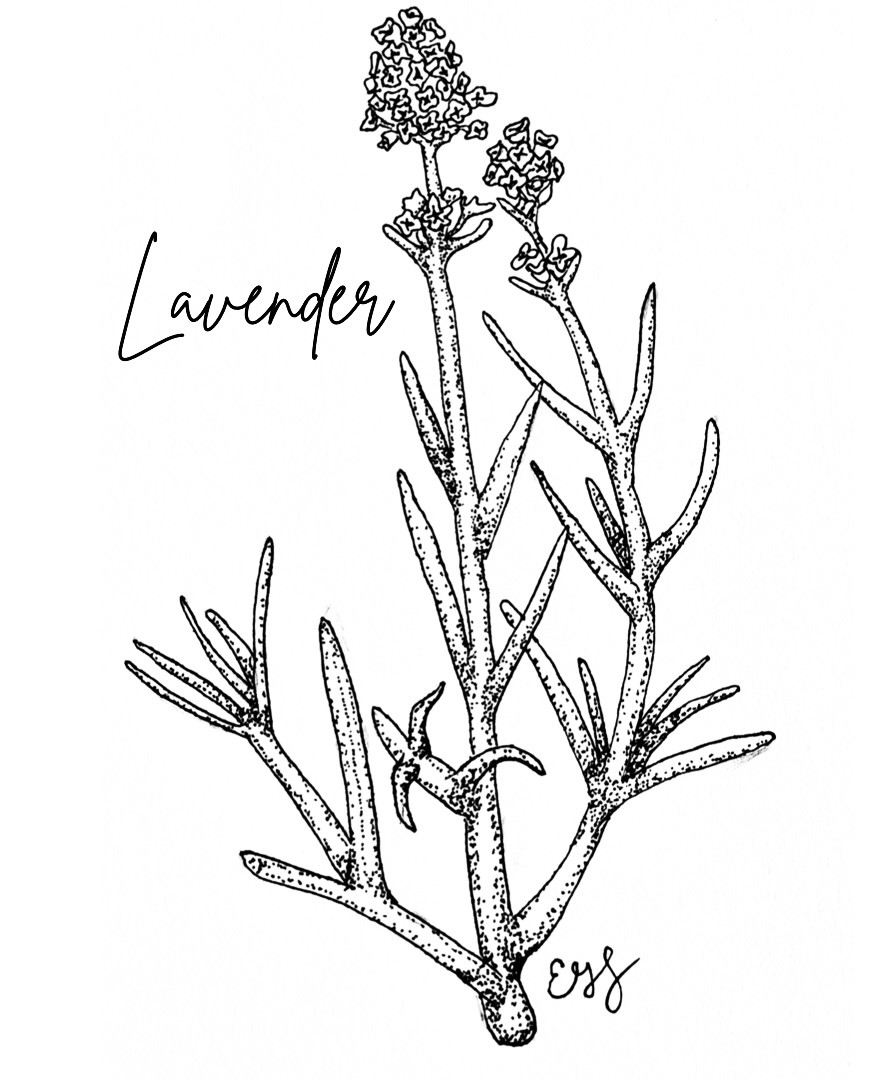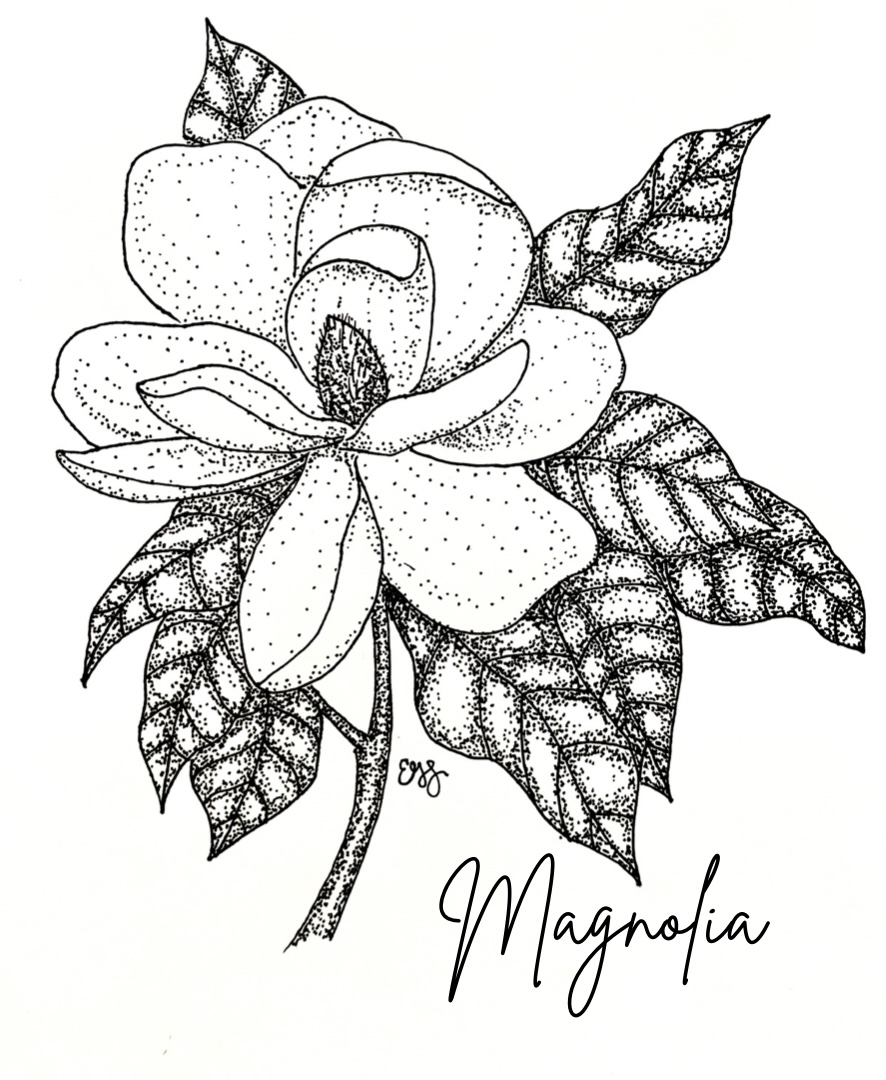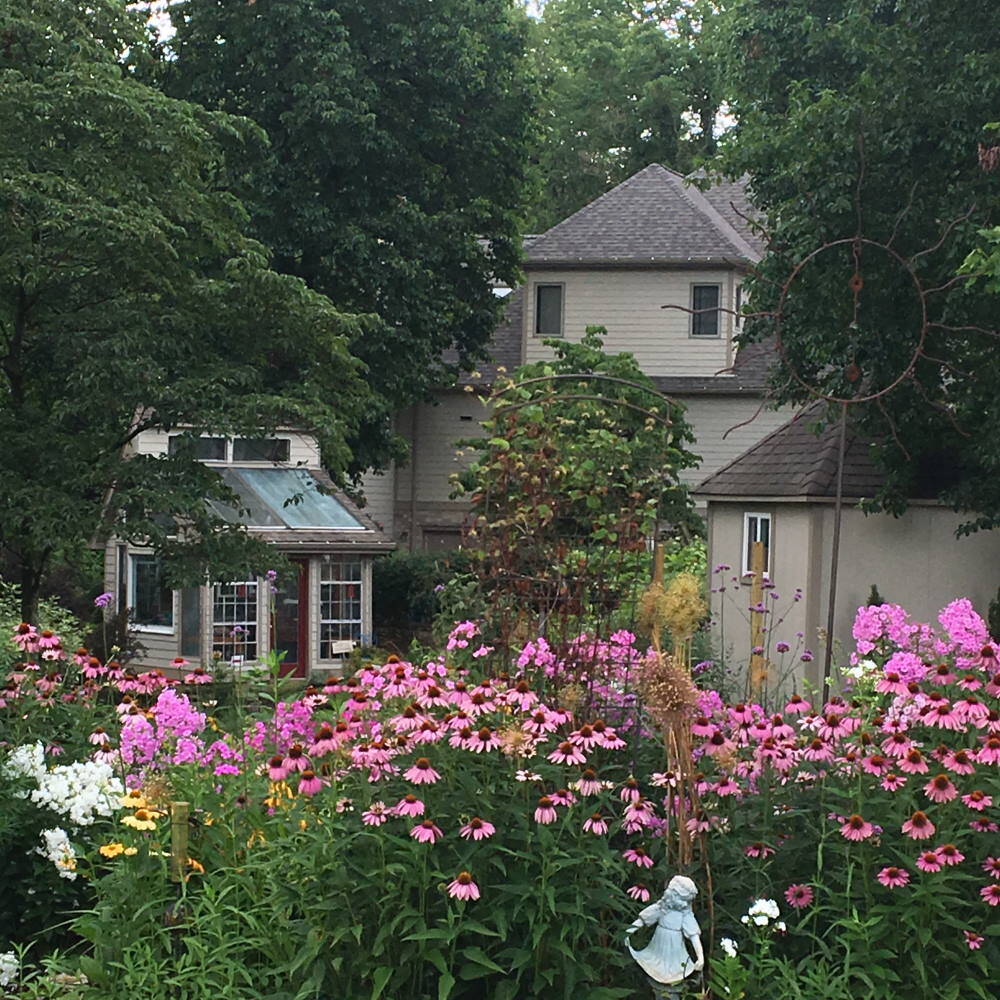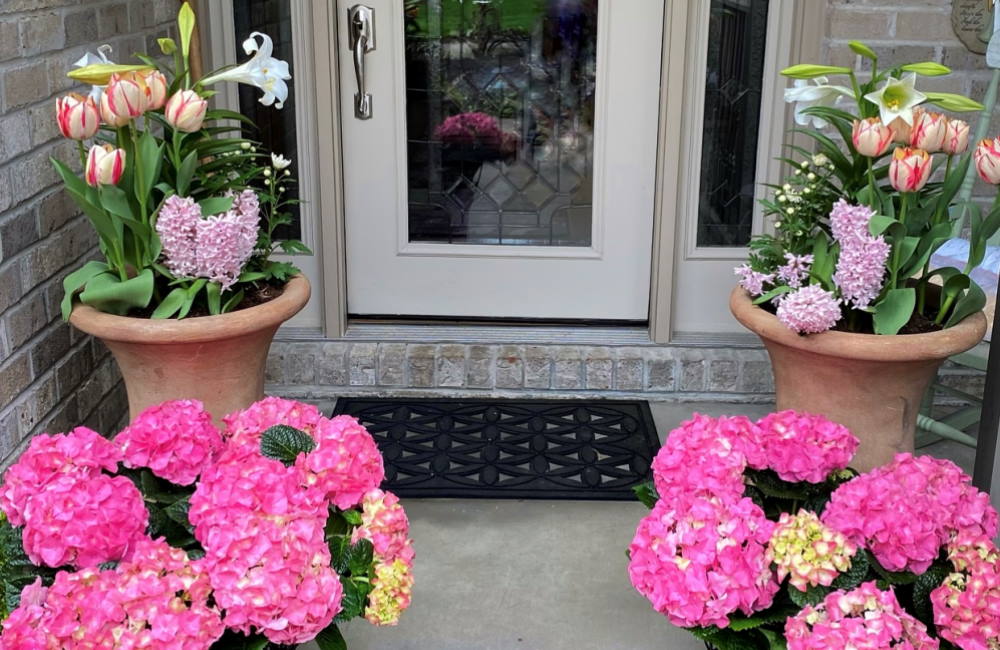Botanicals of the Month: June
Herb of the Month: Lavender (Lavendula angustifolia)
Doterra Essential Oil of the Month: Lavender
Rishi Tea of the Month: Earl Grey Lavender
Our healing herb for the month of June is a star! It is meant to be enjoyed. Familiar with its unmistakable fragrance, lavender has been used through the ages to enhance the scent of linens, laundry, baths, beauty products, lotions, and candles. The fresh fragrance has come to be associated with purity and cleanliness. The name lavender actually comes from the Latin word “lavare,” which means “to wash,” as the Romans used it for centuries in their famous public baths. It’s the #1 most popular essential oil on the market today and known worldwide for its aromatherapeutic ability to calm and soothe a troubled mind.
In the language of flowers, Lavender signifies devotion, faithfulness, and love. It’s regarded as a good present for your loved ones to express your commitment and loyalty and is a popular addition to bridal bouquets. People also give sprigs of lavender to newlyweds to bring them good luck. In fact, when it comes to lavender and love, there is no shortage of folklore. For starters, single people take notes, it is thought that wearing clothes, or writing a note on paper, scented with lavender will attract love. When tucked under pillows of young men, lavender was thought to encourage them to ask for a lady’s hand in marriage. Newlyweds stuffed lavender into their mattresses to help encourage marital bliss. And, maybe a little further down the timeline, lavender was used by wives to ensure their “husband’s marital passion.” Beyond the realm of love, it is also thought to provide protection from the evil eye and/or evil spirits. It can be found hanging above a door or fashioned into a cross in some Christian households.
When life stirs up stress and turmoil, lavender allows us to keep the peace. Scattering Lavendula Angustifolia flowers around the home is recommended to induce peacefulness. The essential oil is a go-to for calming distress, managing depression, quelling anxiety, promoting a sense of well-being and uplifting one’s mood. A couple drops massaged into the temples can ease a tension headache. Lavender tea, made from fresh or dried flower buds, can help induce sleep, reduce stress and calm digestive problems. Sachets of dried flowerheads under a pillow can help facilitate a good night’s rest. Topically, lavender oil can also help treat burns, insect bites, wounds and various skin inflammations.
Lavender’s blessings do not stop with the olfactory senses! Culinary uses range from adding floral notes to meats, seafood and baked goods, to infusing drinks (like lavender lemonade) and flavoring jellies. It’s a favorite of farmers because it attracts bumblebees, which will then pollinate their crops. And the colors vary by intensity through all of the different varieties, from pale violet to sapphire blue. (Think about those classic photos of French lavender fields ablaze in rows of purple.) If you haven’t experienced lavender yet, I can personally recommend bringing this calming and supportive plant into your life, in any way you can. When dealing with stress, of any kind, it’s one of the best plant friends to have on your side.






